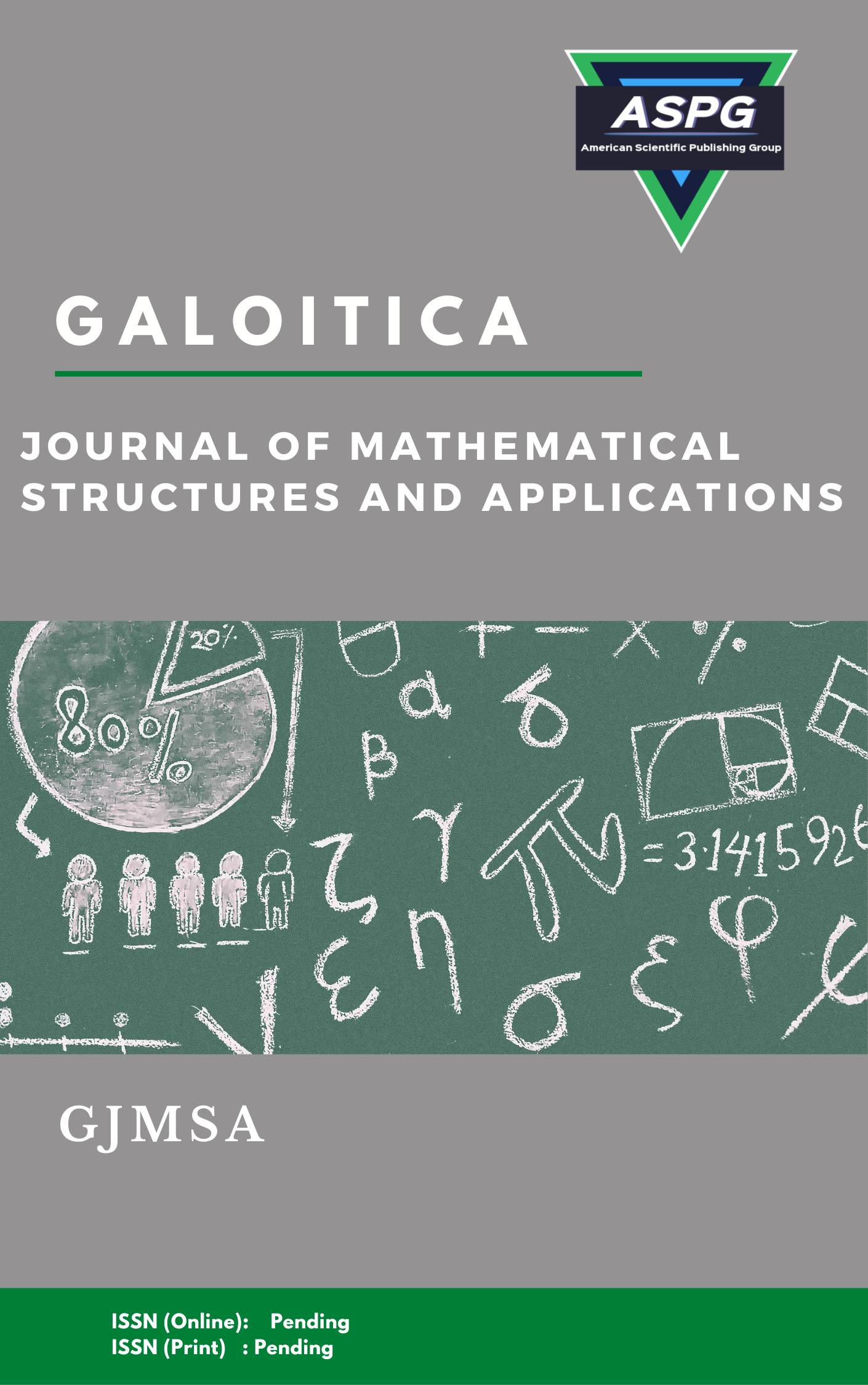

Recent time Turiyam set is considered as one of the prominent tool to explore unknown or undefined objects. The elementary school is one of the suitable examples where child explore each of the unknown objects. In this stage the child develop its Turiyam cognition based on its consciousness. It can be characterized as true learning (t), false learning, (f), uncertain learning (i) and last liberal or unknown or not required at this stage which can be explored later (l). The child refused to learn any topic can be found via 4-(t+i+f+l) in case of four independent events otherwise 1-(t+i+f+l) in case of dependent events. These unknown or liberal examples which include child quantum cognition need Turiyam logic. This paper tried to explore those concepts and examples in this paper.
Read MoreDoi: https://doi.org/10.54216/GJMSA.090101
Vol. 9 Issue. 1 PP. 08-22, (2023)
This paper introduces and investigate a new subclasses of the class of analytic functions that both are -fold symmetric -univalent functions in the open unit disk and get the estimates of the initial coefficients for functions in each of these new subclasses. After this, the work will be discussing the Hankel determinant and a Fekete-Szegö functional.
Read MoreDoi: https://doi.org/10.54216/GJMSA.090102
Vol. 9 Issue. 1 PP. 23-30, (2023)
In this paper, the concept of reverse a-derivation on G-ring M, and some results concerning two reverse a-derivations on M that are related to classical result of E.Ponser are presented. These results shows that if M is a2-torsion free semiprime G-ring, d and g are non-zero reverse derivations of M, then dg are not a non-zero derivation. The new main results present and study notion of orthogonally reverse a-derivations of M.
Read MoreDoi: https://doi.org/10.54216/GJMSA.090103
Vol. 9 Issue. 1 PP. 31-37, (2023)
This research paper focuses on a captivating mathematical phenomenon that arises when examining the total summation of prime and composite numbers. It brings to light two specific cases where the sum of numbers from a certain range is equal for both prime and composite numbers. The paper offers a deep exploration into the theoretical foundations and intricate mathematics that underlie this phenomenon. The research paper conducts a comprehensive analysis of the phenomenon, examining the specific ranges and conditions in which the total summation equality occurs. It delves into the mathematical principles involved, investigating the relationships between prime and composite numbers and their summations. The implications of these findings are explored, shedding light on the underlying patterns and structures in number theory.
Read MoreDoi: https://doi.org/10.54216/GJMSA.090104
Vol. 9 Issue. 1 PP. 38-44, (2023)
A ring is said to be nil-clean if every element of the ring can be written as a sum of an idempotent element and a nilpotent element of the ring. In this paper, we generalize this argument to neutrosophic structure. We introduce the structure of nil-clean neutrosophic ring and some of its elementary properties are presented. Also, we have found the equivalence between classical nil-clean ring R and the corresponding neutrosophic ring R(I), refined neutrosophic ring R(I1, I2), and n-refined neutrosophic ring Rn(I).
Read MoreDoi: https://doi.org/10.54216/GJMSA.090105
Vol. 9 Issue. 1 PP. 45-51, (2023)